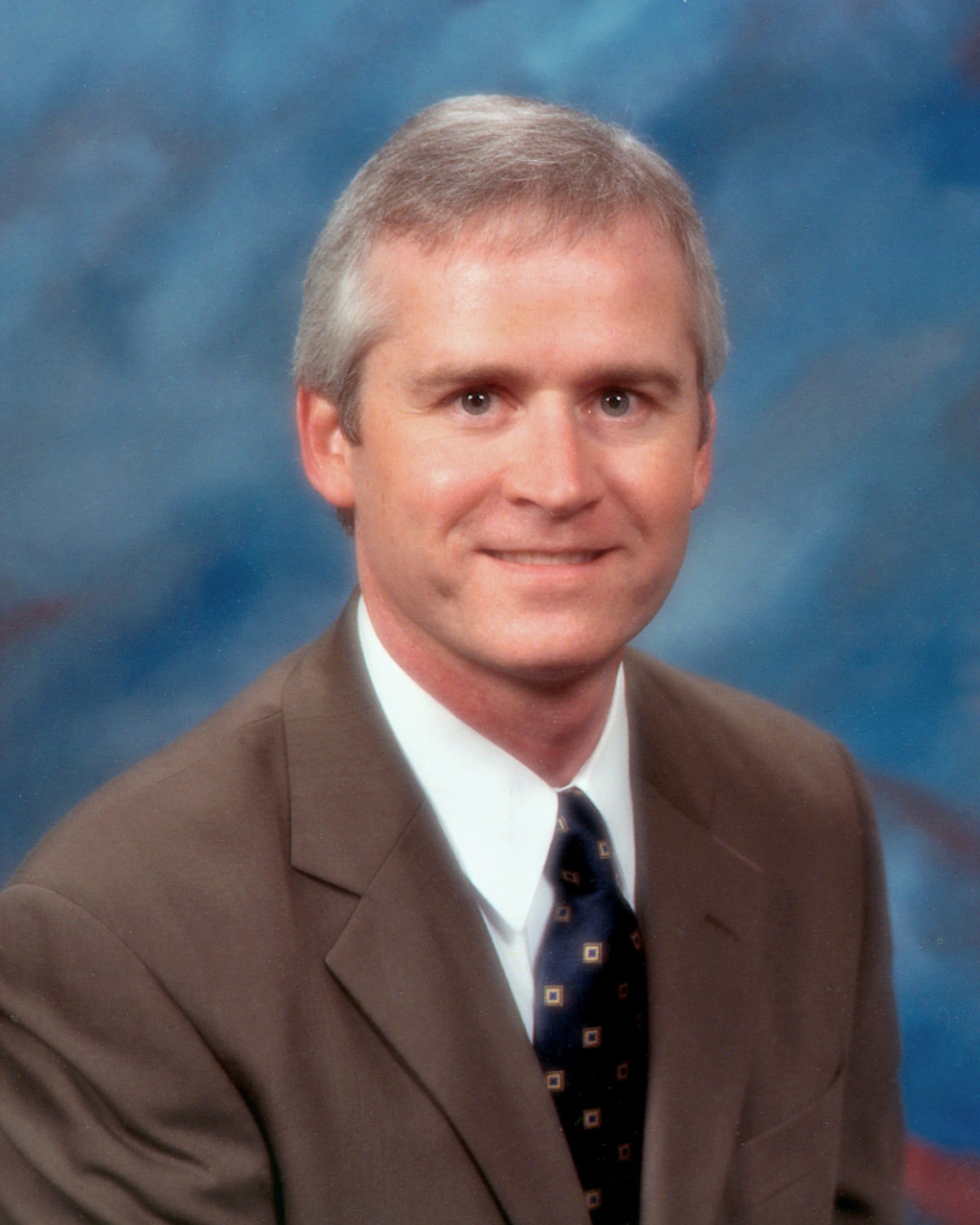By Mitch Jackson, Vice President, Environmental Affairs and Sustainability, FedEx
“Nobody can give a good performance unless the authors and composers have written a good part”
-Judy Holliday
 The license to operate is a familiar concept for most—if not all—sustainability-minded professionals. It essentially involves a community accepting business operations for the societal benefits they provide. It’s an externally-focused issue, it’s about the interaction between the company and the community, and it’s very important—something that sustainability professionals cannot afford to neglect. And it’s a focus that is often strongly maintained.
The license to operate is a familiar concept for most—if not all—sustainability-minded professionals. It essentially involves a community accepting business operations for the societal benefits they provide. It’s an externally-focused issue, it’s about the interaction between the company and the community, and it’s very important—something that sustainability professionals cannot afford to neglect. And it’s a focus that is often strongly maintained.
But if one is really trying to make sustainability a part of the company’s mission, mindset, and moxie, they must provide a direct value proposition internally. One needs to focus on the interaction between the company and the community of direct stakeholders—team members, customers, and shareholders. One needs to focus on performance. That’s where what I call the license to optimize comes in.
The license to optimize frees a company’s teams to use their creative energy to find new ways to change what’s possible and implement more sustainable solutions that meet customer needs. For managers, it’s about setting the broad direction and goals for their teams to focus upon, and giving them the ability to work towards achieving them. Doing so can often lead to better results than originally envisioned.
Two of FedEx’s Sustainability Impact Teams can serve as examples:
- Vehicles: FedEx Express originally had a goal of improving the fuel efficiency of its vehicle fleet 20% from 2005 levels by 2020. Last year, due to the outstanding work by this Vehicles team, we raised the goal to 30% by the same 2020 deadline. Where are they currently? 27%. They have already exceeded the original 20% goal and are zeroing in on the 30% goal years earlier than anticipated. They have done so by implementing our Reduce, Replace and Revolutionize strategy. They improve routing efficiencies to reduce the number of vehicles needed; downsize vehicles that travel more miles to maximize fuel economy and reduce greenhouse gas emissions; and seek fuel-efficient and environmentally beneficial new technologies, such as hybrid electric and all-electric vehicles.
- Aircraft: The original goal for FedEx’s global fleet of aircraft was to reduce aircraft emissions intensity 20% from 2005 levels by 2020. Two years ago, we raised the goal to 30% by the same 2020 deadline. This team, too, has exceeded the original 20% goal, achieving 22.3% to date. It has done so by focusing on both the assets and the operations—replacing existing aircraft with more fuel-efficient, longer-range, and larger-payload models; and an unrelenting focus on aircraft operations through our Fuel Sense initiative. You can find out more about these two programs, along with others in the 2013 Global Citizenship Report, or, more generally, in the 2013 Global Citizenship Report Executive Summary.
I have often said that sustainability is a team sport. It’s gratifying when teams act on the license to optimize, because when they do, performance shows, results ensue, operations improve, and change happens.
Or, as Levon Helm once said, “If you give it good concentration, good energy, good heart, and good performance, the song will play you.”
Mitch Jackson has been the architect and is responsible for the strategic direction for all aspects of FedEx’s sustainability initiatives, environmental innovations and technologies. He created and chairs the FedEx Enterprise Sustainability Council, and oversees its Sustainability Impact Teams, focusing on sustainability around air operations, vehicles, supply chain, facilities, IT and data/reporting.
